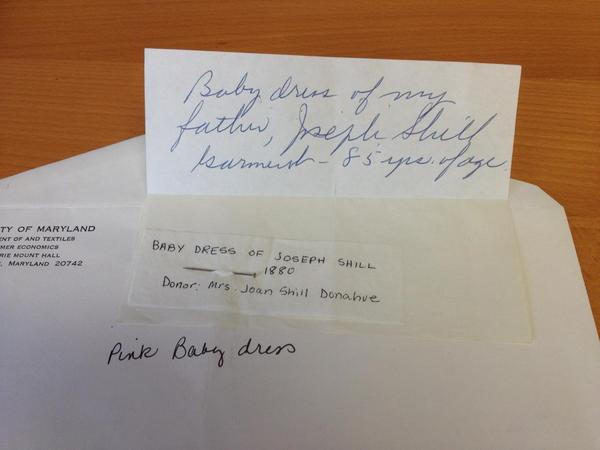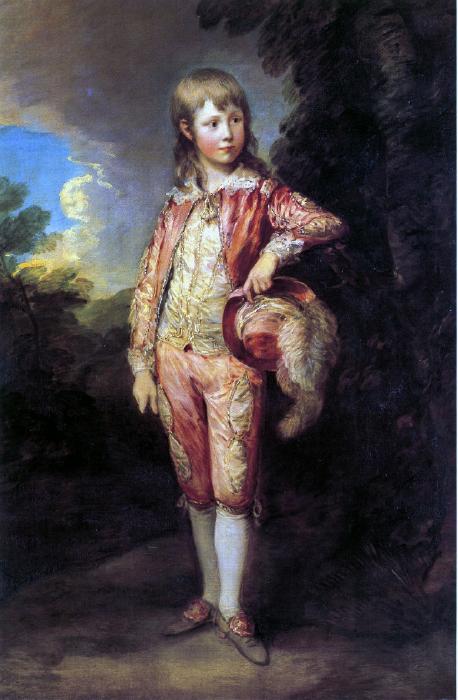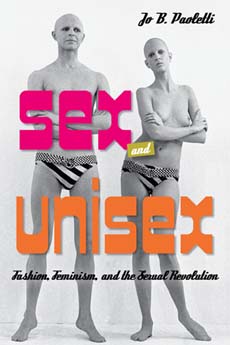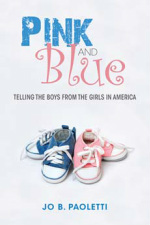DIDN'T PINK AND BLUE SYMBOLISM USED TO BE THE OPPOSITE?
or
WASN'T PINK A BOY COLOR A HUNDRED YEARS AGO?
The short answer is "not quite". Yes, boys used to wear pink, and there were even places in Europe (Belgium, for example) that reversed the gendered use of pink and blue. But it was never as universally considered a "boy color" in the way that pink has been a "girl color" since the mid-1980s. I use that date because as late as the 1970s it was possible to find places in the US where pink was either used for boys or used along with blue as "baby colors" in a neutral way.
Consider this note found in a documentation file I was cleaning today:





